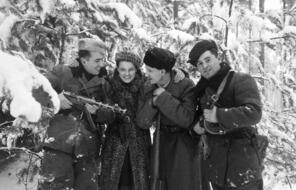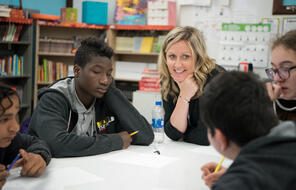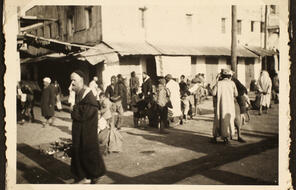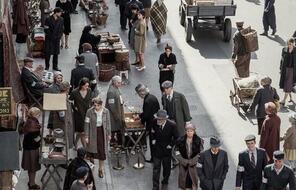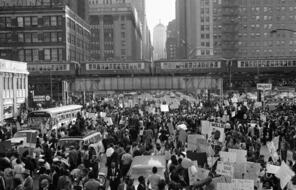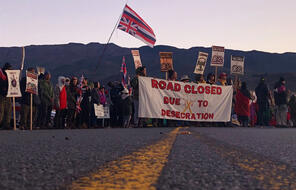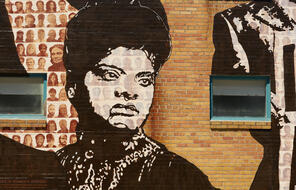Video
Importance of Arms
Former Jewish partisan Aron Bell describes how weapons were essential to the life of a partisan.
Video Length
00:12Subject
- History
- Social Studies
Language
English — USUpdated
Importance of Arms
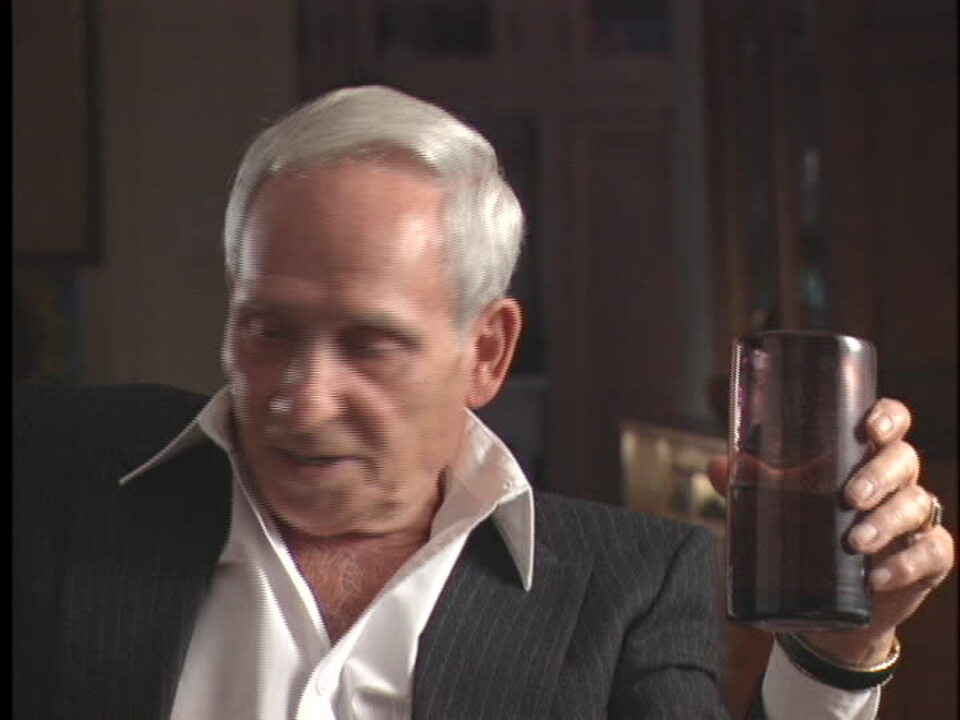
Importance of Arms
Credit:
© 2004-2016 Jewish Partisan Educational Foundation. All Rights Reserved
Most teachers are willing to tackle the difficult topics, but we need the tools.
—
Gabriela Calderon-Espinal, Bay Shore, NY


